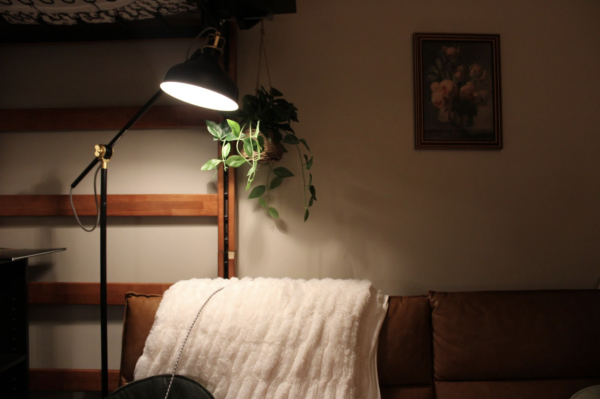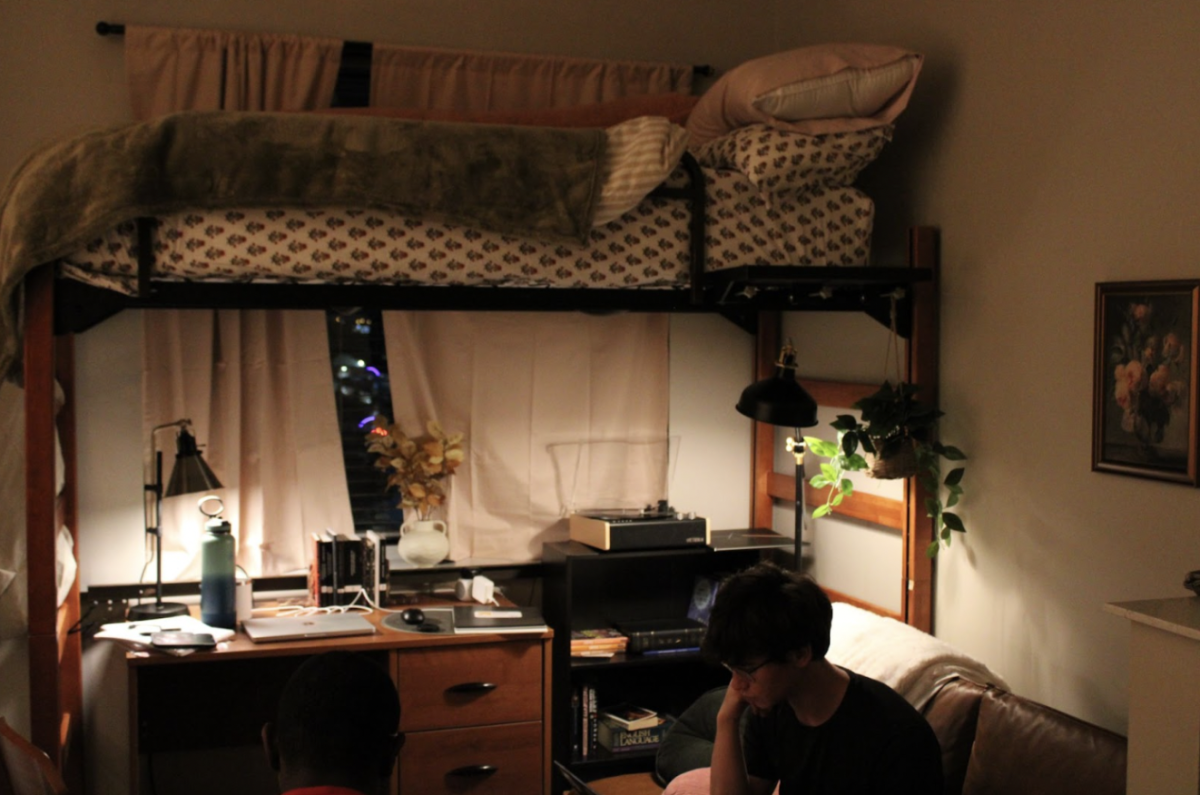Making the most of your living space is important, and that’s doubly true when you live in a shoebox. While some are luckier than others when it comes to living arrangements — that is, referring to you, fellow single-room-occupying freshmen — the simple fact is that space is a precious commodity for everyone living on campus.
While some students do not spend very much time in their dorms, it is hard to deny that it is nice to have a comfortable space to return to after a busy day to unwind with friends or by oneself. A relaxing space is a home base to recharge and prepare oneself to deal with the world and the day before them.
The question, then, is what should one do with the space afforded to them? Maximizing space does not mean stuffing as much as possible into a dorm room. Rather, it entails creating subsections of your room that maximize your productivity and relaxation. This is where feng shui comes in.
The chances are fairly good that you have seen feng shui related content on social media at some point, with profiles such as “@dearmodern” recently gaining lots of attention on apps like TikTok. Even if you have not seen such content, you have probably still heard of feng shui at some point in your life. It may have been from strange granola-people who claim that “the furniture knows where it wants to be,” or perhaps old men with long white beards learned in the ways of unattainable ancient Chinese arts.
Regardless, feng shui guidelines are in reality not that complicated. They can be easily simplified to make very tangible differences in one’s mood and quality of life.
Feng shui can be understood quite simply as being all about the minimizing of anxiety. This is done in several ways. Take this example to get an idea of the feng shui mindset: What factors go into the placement of one’s bed?
If one’s bed is arranged such that one’s head is nearby and facing away from the door and feet are pointed towards the window, consider the following:
The head’s orientation opposite of the door is unnatural and creates anxiety, according to feng shui philosophy. Shift the bed to create a distance between them and increase the visibility of your entryway from your sleeping space.
A feeling of security is achieved by tucking one’s bed cozily away into a corner lofted high above the rest of the room. Doing so makes it very difficult for any potential attackers to gain the upper hand on you while you are asleep and vulnerable and increases one’s visibility of potential entry points. Use caution when placing furniture in corners; however, to not create a suffocating space. This problem can be circumvented with windows.
This separation of the sleeping space above the rest of the room also contributes to sectioning the room into spaces designed for designated activities. For example, the bed is one’s place of replenishment and should not have a view of a desk to remind one of work. A desk is better suited facing a window so that energy and inspiration may hit one from the city as they work. The desk being tucked underneath one’s bed loft contributes to a secure effect, and a coffee table or ottoman may be placed strategically in between the door and one’s desk chair to reinforce this.
Consider a specific space for your fridge and microwave, as well as one for your sink and vanity. In this way, both food and self-care inhabit specific spaces in the room. By creating this intentional delineation of space based on purpose, one’s room can seem larger by creating a distance between the spaces in your mind.
It is important to consider the effect of natural lighting and ambient lighting on the atmosphere of your space. A combination of lamps and wall-mounted or hanging lights can be used to create a warm, welcoming and comfortable atmosphere, and open curtains to allow sunlight and energy to enter your space.
Do not use overhead lighting.
The fluorescent lighting from overhead lights can be harsh, uninviting and anxiety-inducing because it creates dark and unnatural shadows and fills the room with a ghostly gray light.

Plants can also be used to enliven your space, and they don’t need to be real if there is concern about maintenance and upkeep. Even paintings of foliage can help in introducing an Earth energy, which brings a grounding presence to a room.
Finally, it is crucial to consider the color palette of a room if there is hope to maximize its aesthetic appeal. Browns can ground your space and earth tones in your common spaces to contribute to a serene environment. Make sure that the colors have good chemistry with one another and do not clash, but do not be afraid to introduce variety within the selected scheme. Avoid particularly bright, gaudy colors, unless they tie a room together by highlighting color motifs.
Feng shui and the principles of interior design can serve as useful tools in the construction of a comforting and productive space. Use this article as a jumping-off point for that dorm redesign project you have been wanting to get started on.










